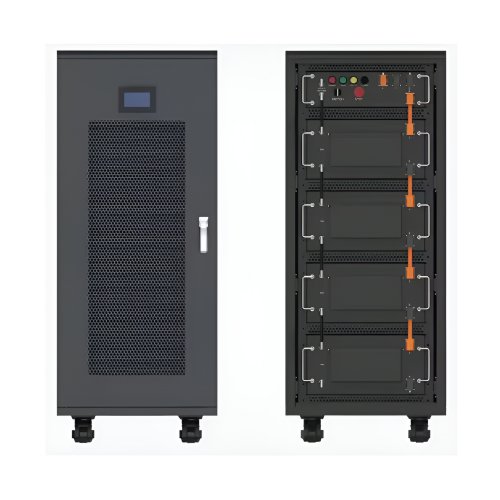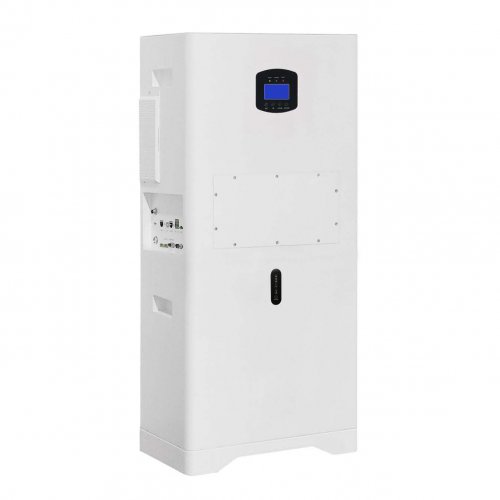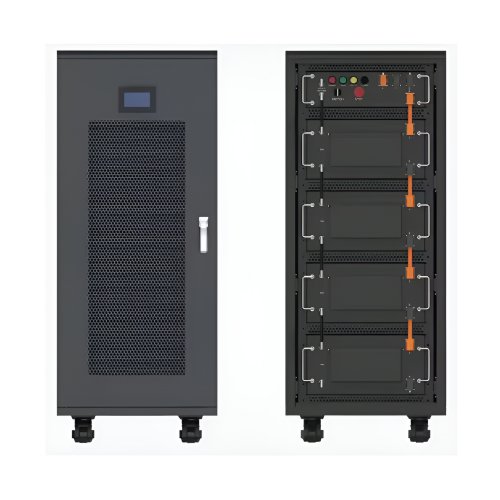Marine Battery Reviews Review: Powering Your Voyage With Reliability And Performance
For any vessel, from a small fishing boat to a luxurious yacht, the heart of its electrical system is undeniably the marine battery. It's the silent workhorse that starts your engine, powers your navigation electronics, and keeps your comforts running. Choosing the right one is a critical decision that impacts safety, convenience, and enjoyment on the water. This review delves into the world of marine batteries, examining their core functionalities, key considerations, and the real-world performance you can expect from the primary types available today.
Understanding Marine Battery Functionality: More Than Just Starting Engines
A marine battery is specifically engineered to withstand the harsh marine environment, which includes constant vibration, moisture, and significant temperature fluctuations. Unlike automotive batteries, they are built with thicker plates and more robust construction to resist the damaging effects of vibration. Fundamentally, marine batteries serve three main purposes:
1. Starting (Cranking): This function requires a high burst of power for a short duration to turn over and start the engine. The key metric here is Marine Cranking Amps (MCA), which measures the current a battery can deliver at 32°F (0°C) for 30 seconds while maintaining a voltage above 7.2 volts. 2. Deep Cycling: This refers to powering accessories like fishfinders, trolling motors, radios, refrigerators, and lighting. These devices draw a lower, steady current over a long period. The battery is designed to be discharged significantly (often up to 50% or more) and then recharged repeatedly. The capacity for this is measured in Amp-Hours (Ah). 3. Dual-Purpose: As the name implies, these batteries attempt to bridge the gap, offering decent cranking power alongside a moderate deep-cycle capability. They are a popular compromise for smaller boats with limited space that need to perform both functions.
In-Depth Analysis: Pros and Cons of Major Battery Types
The market is dominated by three main technologies, each with distinct advantages and drawbacks.
1. Flooded Lead-Acid (FLA) Batteries The traditional and most common type, known for its affordability and reliability.Pros: Lowest upfront cost. Widely available and easy to replace. Tried and tested technology that mechanics everywhere understand.Cons: Require regular maintenance; you must periodically check the electrolyte levels and top them off with distilled water. They must be kept upright to prevent acid leakage. They vent hydrogen gas during charging, requiring proper ventilation. They generally have a shorter lifespan and a lower depth of discharge compared to other types. Susceptible to damage from vibration and shock.
2. Absorbent Glass Mat (AGM) Batteries A significant evolution in lead-acid technology, where the electrolyte is suspended in a fiberglass mat between the plates.Pros: Completely maintenance-free; no watering required. Spill-proof and can be mounted in any orientation. More resistant to vibration and shock than FLAs. Faster recharge times and lower self-discharge rate when not in use. They can handle deeper discharges better than FLAs, offering more usable capacity.Cons: Higher initial purchase price than flooded batteries. They require a compatible smart charger to optimize lifespan and performance. Overcharging can permanently damage them.
3. Lithium Iron Phosphate (LiFePO4) Batteries The new standard for high performance, representing a leap in battery technology.Pros: Extremely lightweight—often less than half the weight of a comparable lead-acid battery. They offer a vastly greater depth of discharge (can be discharged up to 90-100% without significant damage), effectively providing double the usable power of a similar Ah lead-acid battery. They have an exceptionally long lifespan, often lasting 5-10 times more charge cycles than AGMs. They charge incredibly quickly.Cons: The most expensive option upfront. Requires a specific lithium-profile charger for safe operation. The internal Battery Management System (BMS) can sometimes shut off the battery entirely if it gets too cold, a consideration for cold-weather boating.
Actual Usage and Performance Considerations
In practice, the choice boils down to application and budget. For a large cabin cruiser with multiple electrical loads, a setup with a dedicated starting battery and a bank of deep-cycle AGM or lithium batteries for "house" use is ideal. For a center console used for weekend fishing, a well-sized dual-purpose AGM battery might be perfect.
User experiences highlight common themes. Owners who switch from FLA to AGM often report peace of mind from the maintenance-free aspect and better performance from their trolling motors. Those who have invested in lithium technology universally rave about the transformative weight savings and the confidence of having massive, reliable power for long excursions, though they note the steep initial investment.
A critical factor often overlooked is proper charging. A quality marine smart charger is not an accessory; it is a necessity for the health and longevity of any battery, particularly AGM and lithium. Undersizing your battery bank for your intended use is the most common mistake, leading to premature battery failure.
Conclusion
There is no single "best" marine battery; the optimal choice is a balance of your specific needs, boating habits, and budget. Flooded lead-acid batteries remain a cost-effective entry point for the casual boater. AGM batteries represent a excellent middle ground, offering a maintenance-free, robust, and high-performing solution for the majority of recreational boaters. For the serious mariner who demands the ultimate in performance, weight reduction, and lifespan, lithium iron phosphate batteries, despite their cost, are a worthwhile long-term investment.
Ultimately, a successful purchase involves honestly assessing your power requirements, understanding the compromises of each technology, and pairing your battery with a high-quality charging system. This ensures your chosen power source will deliver reliable performance, season after season, letting you focus on the water itself.
Customized/OEM/ODM Service
HomSolar Supports Lifepo4 battery pack customization/OEM/ODM service, welcome to contact us and tell us your needs.


HomSolar: Your One-stop LiFePO4 Battery Pack & ESS Solution Manufacturer
Our line of LiFePO4 (LFP) batteries offer a solution to demanding applications that require a lighter weight, longer life, and higher capacity battery. Features include advanced battery management systems (BMS), Bluetooth® communication and active intelligent monitoring.

Customised Lithium Iron Phosphate Battery Casing
ABS plastic housing, aluminium housing, stainless steel housing and iron housing are available, and can also be designed and customised according to your needs.

HomSolar Smart BMS
Intelligent Battery Management System for HomSolar Energy Storage System. Bluetooth, temperature sensor, LCD display, CAN interface, UART interface also available.


Terminals & Plugs Can Be Customized
A wide range of terminals and plugs can be customised to suit the application needs of your battery products.

Well-designed Solutions for Energy Storage Systems
We will design the perfect energy storage system solution according to your needs, so that you can easily solve the specific industry applications of battery products.



About Our Battery Cells
Our energy storage system products use brand new grade A LiFePO4 cells with a battery lifespan of more than 4,000 charge/discharge cycles.



Applications in Different Industries
We supply customized & OEM battery pack, assemble cells with wiring, fuse and plastic cover, all the cell wires connected to PCB plug or built BMS.
Applications: E-bike, Electric Scooter, Golf Carts, RV, Electric Wheelchair, Electric Tools, Robot Cleaner, Robot Sweeper, Solar Energy Storage System, Emergency Light, Solar Power Light, Medical Equipment, UPS Backup Power Supply.
We can provide you with customized services. We have the ability to provide a vertical supply chain, from single cells to pack/module and to a complete power solution with BMS, etc.


HomSolar (Shenzhen) Technology Co., Ltd
























